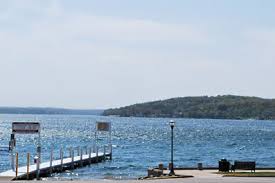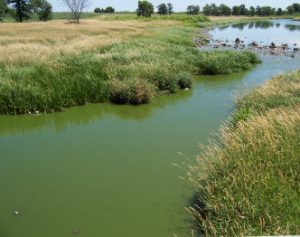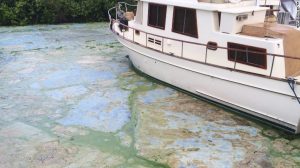Over the past few days. I have been struggling to find a clear explanation for the HAB (Harmful Algae Boom) that has overtaken Silverwood Lake, which is fed by the Mojave River, in Southeast CA. Then I happened upon a part-time resident of Door County, WI — one of the Midwest’s premier vacation spots– who was lamenting to me about the well-known, on-again-off-again HAB issues this beautiful area has experienced.
“We are told that our children can swim in the water,” she said, “and then … they can’t.”
Her frustration was palpable, and in it I found my answer: sometimes HAB can be explained when ALL elements work in balance to affect a Lake.

Silverwood Lake is unusual in that it is deep. Almost 170 feet at its deepest. But it is NOT unusual in its vulnerability to the primary factors which explain HAB in water. Always at the forefront is a tributary or land runoff super-loaded with nutrients — primarily phosphorus — pouring into a slow-moving body of water.
In Dour County, WI, that body of water is the Bay of Green Bay.
In Utah, there is Lake Utah.
In Florida there is Lake Okeechobee.
In CA, among lakes, there is Silverwood Lake.
And so it goes ….
To reduce HAB with solutions that have a chance at long-term potential, we must control what we can control — and go back to the basics of sound land management.



